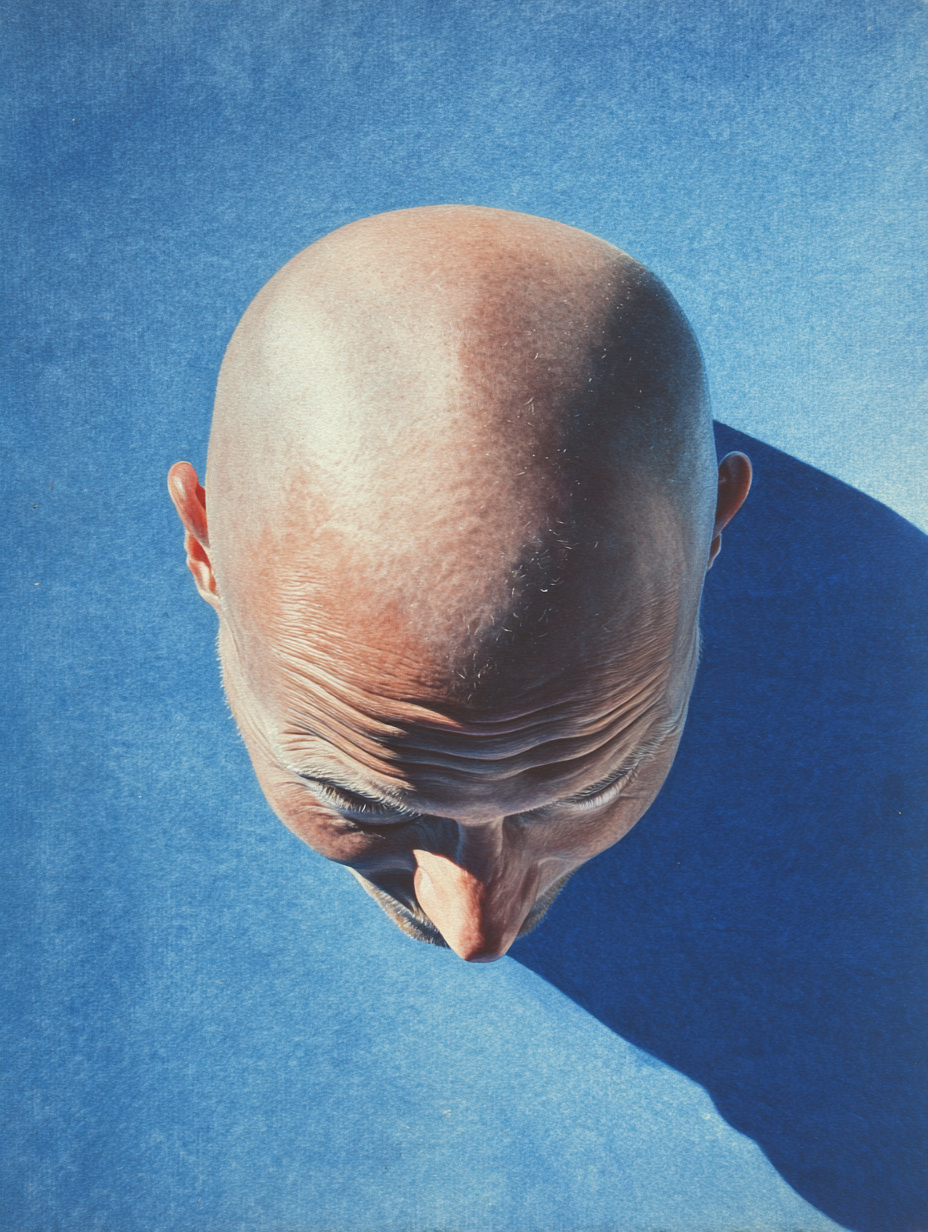Hair Thinning From Stress or Sun? Here’s What You Can Do
- Admin main
- Aug 8
- 4 min read

Summer can be tough on your hair. Between scorching UV rays, sweaty outdoor activities, and the mental toll of a busy season, it’s no surprise many people notice increased hair shedding or thinning. While stress can push hair follicles into a dormant phase, too much sun can weaken strands from the outside in—leading to breakage, brittleness, and slower regrowth. The good news? You don’t have to accept it as part of the season. With the right hair loss treatment, targeted solutions like topical minoxidil, and a smart summer hair care routine, you can protect your scalp, strengthen your strands, and even encourage regrowth.
Understanding the Causes
Stress-Related Hair Thinning
Chronic stress can elevate cortisol levels, which disrupts hair follicle stem cell activity and prolongs the follicle’s resting phase, leading to thinning and shedding (Harvard University, 2021). Research also shows that stress can trigger premature follicle regression, shortening the hair growth cycle (Peters et al., 2006). Additionally, oxidative stress on the scalp—often caused by inflammation or microbial imbalance—has been linked to early hair loss (Trüeb, 2015).
Sun-Induced Hair Damage
Excessive ultraviolet (UV) exposure weakens the hair shaft by degrading keratin proteins, fading color, and increasing brittleness (Robbins & Kamath, 2007). A recent review also found that UV exposure accelerates hair fiber aging and structural damage, contributing to seasonal hair weathering (Hamada et al., 2024).
What You Can Do: Evidence-Based Solutions
Hair Loss Treatment: Topical Minoxidil
Topical minoxidil is FDA-approved for treating androgenic hair loss in adults. It works by increasing scalp blood flow and prolonging the anagen (growth) phase of hair follicles (Messenger & Rundegren, 2004). Consistent use is essential, as discontinuing treatment typically results in a return to pre-treatment hair density within several months (Blume-Peytavi et al., 2011).
Emerging research suggests that combining minoxidil with microneedling or other topical treatments—such as ketoconazole—may improve absorption and regrowth outcomes (Dhurat et al., 2013).
Summer Hair Care & UV Protection
UV Filters: Use shampoos, leave-in conditioners, or sprays formulated with UV-absorbing ingredients to reduce protein degradation (Robbins & Kamath, 2007).
Antioxidant Support: Shampoos containing antioxidants or anti-fungal agents (e.g., zinc pyrithione) can help reduce oxidative stress on the scalp (Trüeb, 2015).
Lifestyle Adjustments
Stress Management: Mindfulness, regular exercise, and adequate sleep can help reduce cortisol levels and improve scalp health (Harvard University, 2021).
Nutritional Support: A diet rich in protein, omega-3 fatty acids, vitamins A, C, and E, zinc, and iron supports follicle strength and growth, particularly during high-UV months (Haskell et al., 2017).
Quick Summary
Cause | Mechanism | Recommended Action |
|---|---|---|
Stress | Cortisol disrupts follicle growth cycles | Minoxidil, stress management, antioxidant scalp care |
Sun (UV Damage) | Protein breakdown, brittleness, pigment loss | UV protectants, antioxidant hair care |
Seasonal Hair Loss | Weathering + environmental stressors | Combination therapies, nutrition, scalp health focus |
Hair thinning from stress or sun exposure isn’t inevitable—especially when you take a proactive approach. By understanding the root causes, incorporating proven hair loss treatments like topical minoxidil, and following a protective summer hair care routine, you can defend your strands and even encourage healthy regrowth. Whether you’re battling seasonal shedding, chronic thinning, or simply want to maintain strong, vibrant hair year-round, the right treatment plan can make all the difference.
At Cottonwood Compounding, we specialize in personalized solutions tailored to your unique needs. From prescription-strength topical formulations to targeted scalp care options, our pharmacists work closely with you and your provider to help you achieve your hair health goals.
Take the first step toward stronger, healthier hair—contact us today to learn more about our customized treatment options.
References
Blume-Peytavi, U., Hillmann, K., Dietz, E., Canfield, D., Garcia Bartels, N., & Garcia Bartels, N. (2011). A randomized, double-blind, placebo-controlled pilot study to assess the efficacy of a new 5% minoxidil topical foam in male subjects with androgenetic alopecia. Journal of the American Academy of Dermatology, 64(4), 745–751. https://doi.org/10.1016/j.jaad.2010.02.057
Dhurat, R., Sukesh, M. S., Avhad, G., Dandale, A., Pal, A., & Pund, P. (2013). A randomized evaluator blinded study of effect of microneedling in androgenetic alopecia: A pilot study. International Journal of Trichology, 5(1), 6–11. https://doi.org/10.4103/0974-7753.114700
Hamada, Y., Inoue, Y., & Takahashi, T. (2024). Photoaging and photodamage of hair: Mechanisms and protective strategies. Journal of Cosmetic Dermatology, 23(2), 354–362. https://doi.org/10.1111/jocd.15732
Harvard University. (2021, March 4). Researchers discover how chronic stress leads to hair loss. Harvard Gazette. https://news.harvard.edu/gazette/story/2021/03/researchers-discover-how-chronic-stress-leads-to-hair-loss/
Haskell, S., Mangelsdorf, S., & Banovic, T. (2017). Nutrition and hair health: An evidence-based review. Australasian Journal of Dermatology, 58(3), 171–176. https://doi.org/10.1111/ajd.12554
Messenger, A. G., & Rundegren, J. (2004). Minoxidil: Mechanisms of action on hair growth. British Journal of Dermatology, 150(2), 186–194. https://doi.org/10.1111/j.1365-2133.2004.05785.x
Peters, E. M., Arck, P. C., Paus, R., & Arck, P. C. (2006). Hair growth inhibition by psychoemotional stress: A mouse model for neural mechanisms in hair growth control. Experimental Dermatology, 15(1), 1–13. https://doi.org/10.1111/j.0906-6705.2005.00348.x
Robbins, C. R., & Kamath, Y. K. (2007). Chemical and physical behavior of human hair (5th ed.). Springer.
Trüeb, R. M. (2015). Oxidative stress in ageing of hair. International Journal of Trichology, 7(1), 6–14. https://doi.org/10.4103/0974-7753.153450




Comments